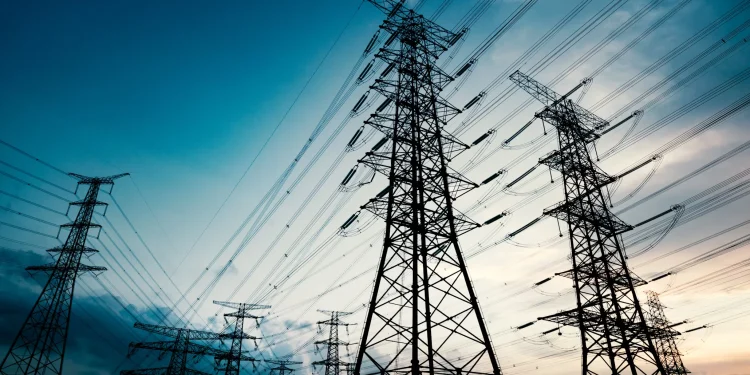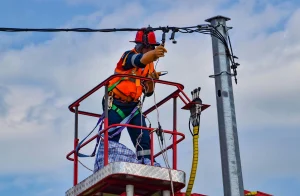South Africa is preparing a renewable energy wave that could reshape its power landscape. Industry data shows 117 GW of wind and solar projects are at advanced stages, positioning the country for a faster transition than government planning currently anticipates.
This pipeline surpasses the renewable capacity forecast in the Integrated Resource Plan 2025, reflecting developer confidence and rising urgency to solve persistent power shortages.
Momentum Outpaces Government Targets
The country’s renewable project pipeline has grown rapidly. The 117 GW figure represents projects ready to connect to the grid within five years, far exceeding the 71.7 GW of wind and solar outlined over a 16-year period in the IRP 2025.
Industry associations note a dramatic expansion in recent years, with the pipeline rising from around 63 GW in 2022 to more than 200 GW in 2025, of which 117 GW is considered mature and development-ready.
This signals that market forces are moving faster than policy timelines.
Grid Bottlenecks Loom
Despite the strong pipeline, grid capacity remains the critical hurdle. South Africa’s transmission network was not built for decentralised renewable generation, and without key investment, many projects may be delayed or stranded.
A dedicated transmission company has been tasked with addressing the bottleneck and aligning grid planning with the surge in project development. However, timelines for grid upgrades, substation construction, and transmission corridors will determine how fast renewables can connect.
Land and Community Questions Surface
Large-scale renewable build-out raises issues around land access, community benefit, and ownership. Developers must secure land agreements and ensure communities share economic gains, particularly in rural and semi-rural areas where most projects are located.
Balancing national energy needs with equitable development remains a central challenge.
Storage and Dispatchable Power Needed
With the rise of variable renewable supply, experts stress the need for storage, hybrid systems, and firm dispatchable capacity to stabilise the grid. Batteries, pumped storage, and flexible gas-to-power systems are expected to play supporting roles alongside wind and solar.
A Strategic Turning Point for South Africa
The scale and maturity of the renewable pipeline position South Africa for an energy reset. If execution matches planning:
-
Load-shedding could finally be curbed
-
The economy could benefit from new industries and jobs
-
Local manufacturing for renewable components could expand
-
Green export markets, including hydrogen, could emerge
However, success hinges on transmission infrastructure, regulatory support, investment mobilisation, and effective community partnership.
South Africa’s energy transition no longer hinges on project development but on building the grid and systems to deliver what is now in the pipeline.

















